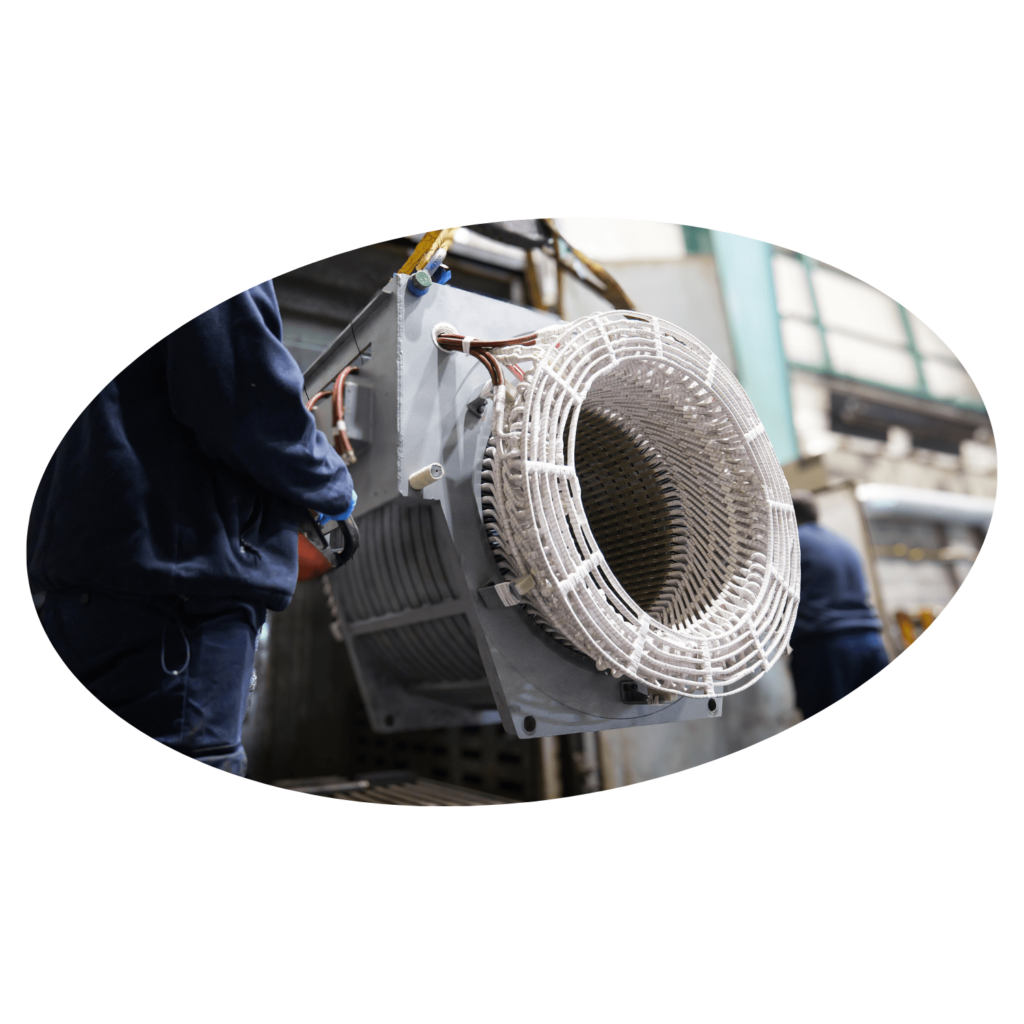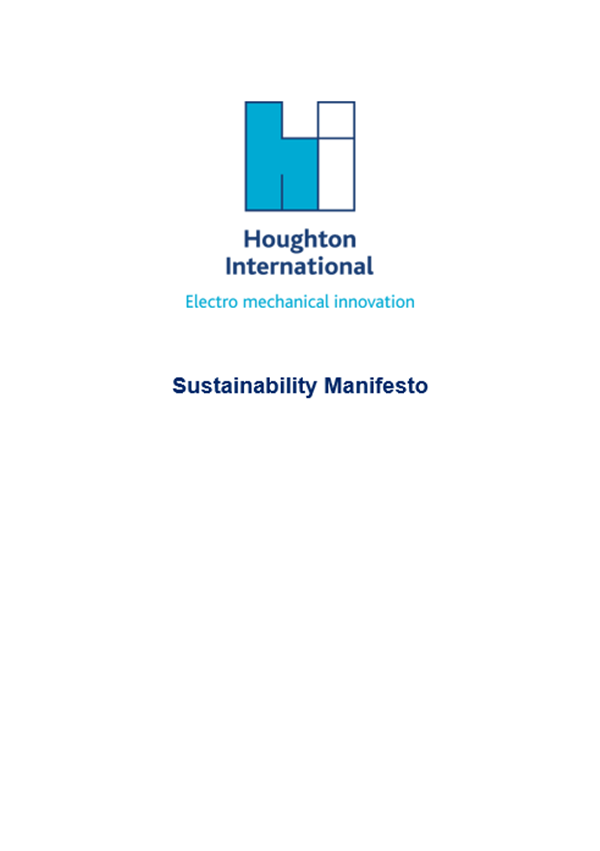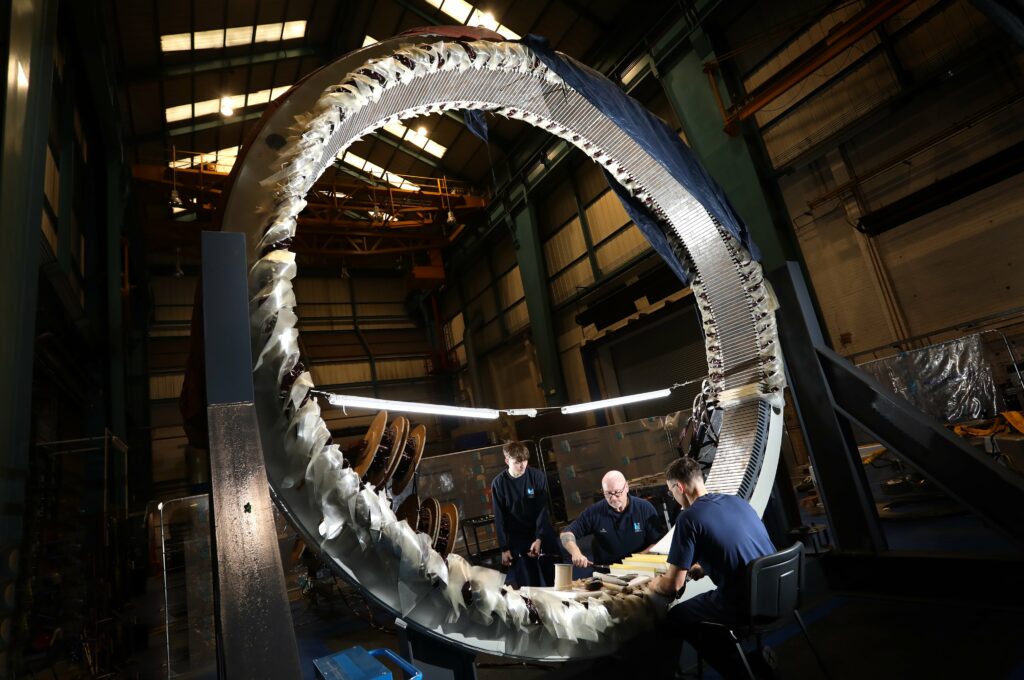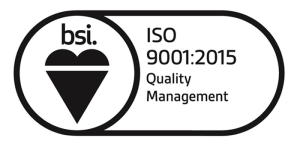
A Breakdown
Houghton International, in collaboration with Newcastle University, conducted a study to assess the environmental implications of repairing versus replacing company assets. The investigation considered factors such as material quantity, energy consumption, transportation, and end-of-life scenarios, utilising the OpenLCA program and Ecoinvent 3.8 database for a comprehensive Life Cycle Impact Assessment. The project aimed to enhance transparent communication with customers about the sustainability of services, fostering collaboration and environmental responsibility
Premature asset failure prompted the investigation into three scenarios: total replacement of the asset, a repair to the asset after 10-year service, and a repair after 5-year service followed by an additional 5-year repair. The study’s cut-off point was set at 20 years, acknowledging the potential for the cycle to repeat indefinitely.
In the supply chain process, companies weigh factors such as cost, volume, quality control, and carbon footprint when deciding between repair and replacement options. The study’s system boundaries for inventory analysis considered inputs (raw materials and energy) and outputs (products, waste, emissions, air, water, and soil). Impact assessment focused on climate change (GWP) and natural resource depletion (ADP).

Driving Change: Our Sustainability Statement
Our sustainability statement detail’s our strategy, objectives and metrics for monitoring, assessing and improving sustainability.
The Key Findings
Environmental Impact Reduction: Repairing assets after 10 years, rather than replacing them, can decrease associated GWP by 40.9% for motors and 37.4% for generators. Raw material acquisition, assembly and preprocessing have been identified as some of the greatest contributors to negative environmental impact.
Embodied Carbon Preservation: Manufacturing a new mechanical asset involves a substantial amount of embodied carbon in the production process. Repairing allows the preservation of this embodied carbon by extending the useful life of the existing equipment. (the embodied carbon accounted for approx. 50% of GWP in all scenarios)
Energy Conservation: The energy required to produce and transport a new mechanical asset is typically higher than the energy needed for repair. Choosing repair supports energy conservation and reduces the overall environmental impact associated with production and disposal of mechanical assets. This aligns with global efforts to mitigate climate change and minimise the ecological footprint of industrial activities which in turn helps organisations comply with regulations related to waste disposal and emissions, contributing to a more responsible and eco-friendly operational strategy.
Circular Economy Benefits: Repairs using recycled components align with the principles of a circular economy, reducing discarded equipment and promoting sustainability.
Social Benefits: The social benefits of implementing these responsibilities also deserve to be mentioned. By implementing a system of inspection, repair, maintenance and monitoring, Houghton International has demonstrated its commitment to creating , developing and upskilling a workforce with sustainable professional development opportunities essential to contribute to a circular economy and, at the same time, through our award winning apprentice and training programs, ensure that our engineers have these skills for life. Durability is the cornerstone of our business.
Operational Responsibility: Regardless of industry, companies play a crucial role in environmental stewardship. Choosing repair over replacement can influence a company’s operational trajectory, showcasing commitment to positive environmental, social, and community policies.

Looking Ahead
Despite the current reporting requirements mandating only large companies to disclose their carbon footprint figures, Houghton International voluntarily shares this information as part of our commitment to sustainability. Looking ahead, we advocate for a broader application of requirements, urging all UK limited companies to disclose their Scope 1 and Scope 2 carbon emissions in annual reports. This collective effort would pave the way for transparent and objective data, facilitating more accurate calculations of Scope 3 emissions and enabling informed decisions to integrate carbon reduction into procurement practices.
Frequently Asked Questions
Looking for a sustainable solution for your business?
Get in touch using the boxes below and we’ll get back to you.











